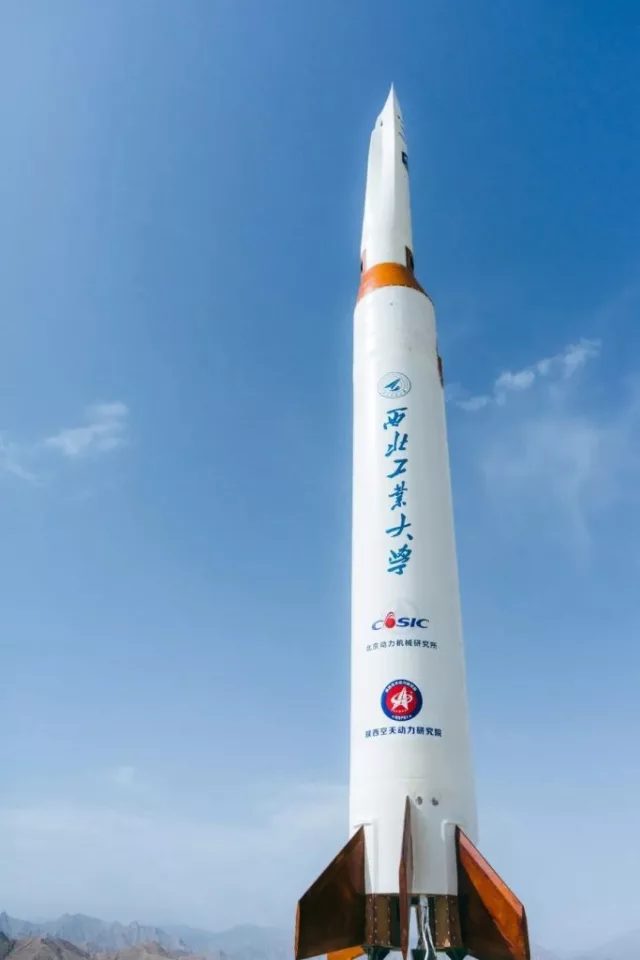China is reminding the world that it is very much in the race to deploy hypersonic missiles, with a team at the School of Aeronautics and Astronautics of Northwestern Polytechnical University successfully launching the Feitian-1, a Rocket-Based Combined Cycle (RBCC)-propelled vehicle, in northwestern China.
Even though it is one of the top three contenders in the race to develop a practical hypersonic weapons system, getting solid data about China's hypersonic program is frustratingly difficult. Like Russia, but more so, China tends to keep its cards very close to its chest and what little information is released comes through the country's state-controlled media, or is couched in claims such as that a test was for an orbital spaceplane.
What is particularly interesting about the launch of Feitian-1 is that it uses an RBCC engine to propel it to speeds in excess of Mach 5. An RBCC engine is a combination of an air-breathing ramjet, air-breathing scramjet, and ducted rocket. As the vehicle accelerates, the engine transfers from one mode to the next, allowing it to cope with air hitting the intake at greater and greater speed, and then becoming a pure rocket at top speed and very high altitudes.

Such an engine has a number of advantages, chief of which is that it doesn't have to carry as much oxidizer as a pure rocket because it can harvest oxygen from the air like a conventional jet engine. This allows it to carry more fuel or a larger payload. In addition, the Feitian-1 can burn kerosene-based aviation fuel.
According to the School of Aeronautics and Astronautics at Northwestern Polytechnical University, such an RBCC engine is the first in a hypersonic flight vehicle. It says the July 2 ground-launched flight test made a smooth transition from one mode to the next and carried out the expected thermal throat adjustment and ultra-wide flight envelope combustion.






